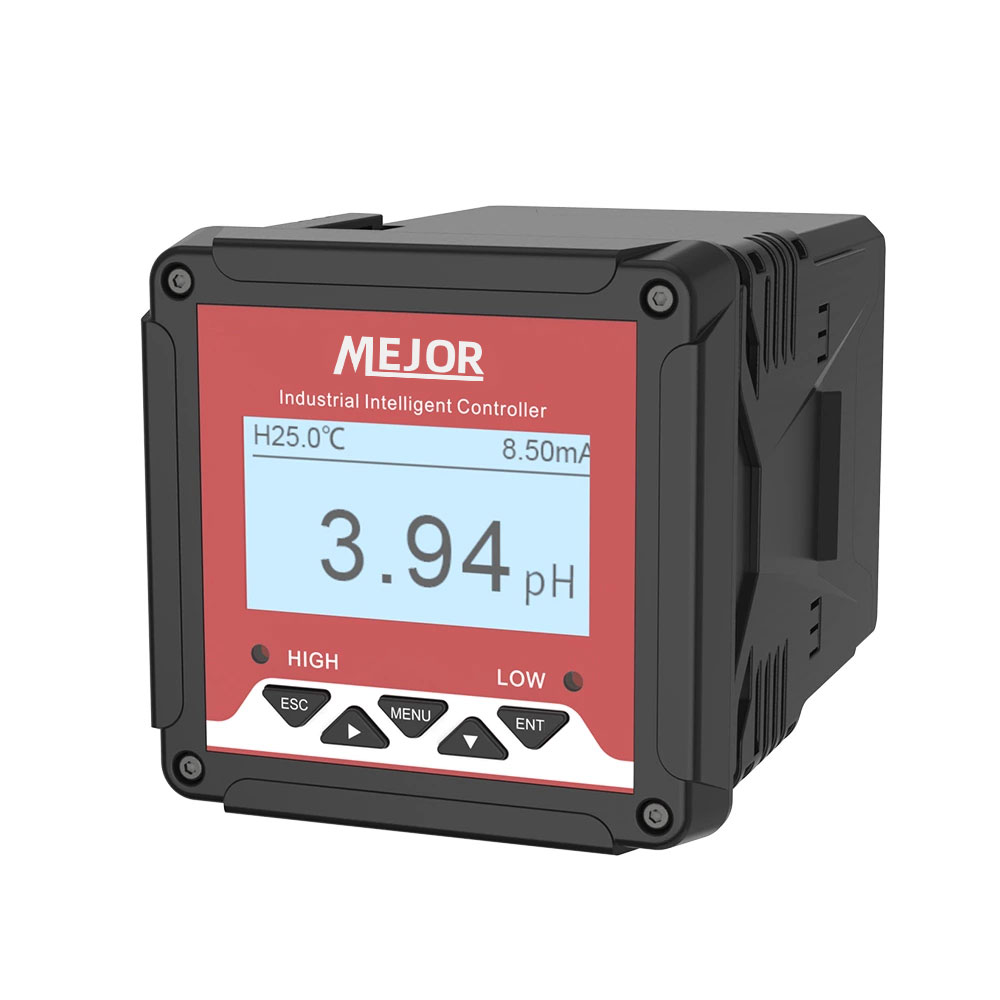In the process of water treatment, multiple instruments are needed to monitor water quality parameters, control process operation, and ensure treatment effectiveness. The following are common types of monitoring instruments and their application scenarios:
Used for real-time monitoring of physical, chemical, and biological indicators of water bodies to ensure that water quality meets process requirements or discharge standards.
1.pH meter
Function: pH meters Measure the acidity and alkalinity (pH value) of water bodies, which affects the effectiveness of processes such as coagulation, oxidation-reduction, and biological treatment.
Application scenarios: pre-processing stage, neutralization reaction pool, biological treatment unit, etc.

2.Dissolved oxygen (DO) meter
Function: Monitor dissolved oxygen concentration in water bodies and control the aeration intensity of aerobic/anaerobic processes (such as activated sludge process, biological nitrogen and phosphorus removal).
Types: membrane electrode method (such as DO7011), optical method (such as DO7012).
Application scenarios: Aeration tank, anaerobic digestion tank, aquaculture supporting water treatment system.

3.CONDUCTIVITY METER
Function: Measure the conductivity of water bodies, reflect the total dissolved solids (TDS) content, and be used to determine the purity or pollution level of water quality.
Application scenarios: RO water inlet monitoring, pure water preparation, and control of circulating water concentration ratio.
4.turbidimeter
Function: To detect the concentration of suspended particles in water, evaluate the clarity of water, and guide the dosage and effectiveness of coagulation and sedimentation processes.
Application scenarios: sedimentation tank effluent, filtration unit inlet/outlet, water quality monitoring in water treatment plants.
5.Residual chlorine detector
Function: Measure the free chlorine or total chlorine content in water to ensure disinfection effectiveness (such as in tap water and hospital wastewater treatment).
Application scenarios: end of chlorination disinfection process, monitoring of effluent from pipeline network.
6.Ammonia nitrogen/total phosphorus/total nitrogen analyzer
Function: Monitor the concentration of nutrients such as nitrogen and phosphorus, control the risk of eutrophication, and evaluate the efficiency of biological nitrogen and phosphorus removal processes.
Application scenarios: Biological reaction tanks and discharge outlets for domestic sewage and industrial wastewater treatment.
7.Oxidation Reduction Potential (ORP) Meter
Function: Reflecting the redox status of water bodies and controlling the progress of redox reactions (such as ozone oxidation and electrolytic treatment).
Application scenarios: disinfection process, heavy metal removal, groundwater remediation.
